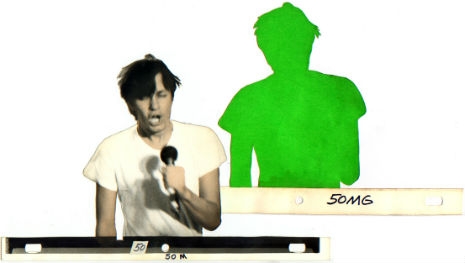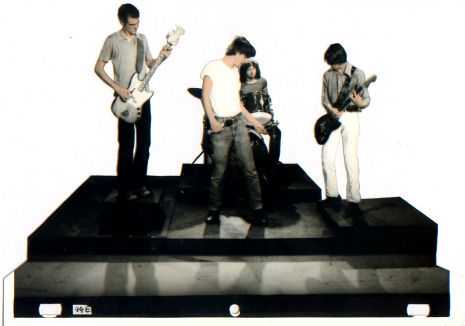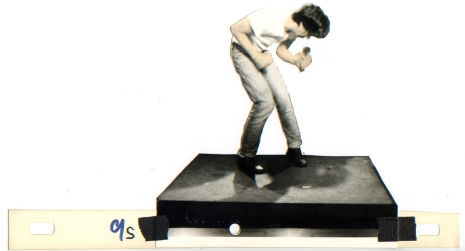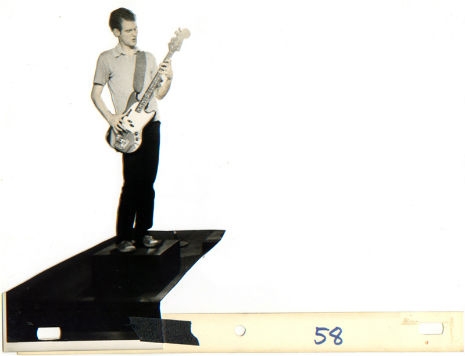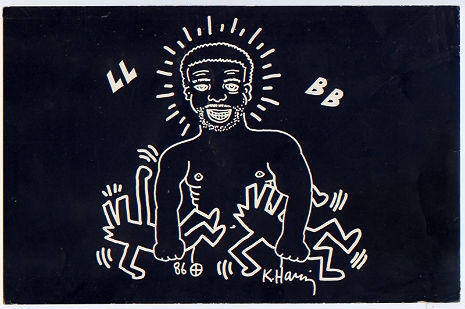
Keith Haring, invitation for “Larry Levan’s Birthday Bash,” 1986
It’s… interesting—and a reminder of how fucking old I’m getting—that I’m starting to see promotional ephemera from nightclub events I attended (or worked at) in my… younger days turning up in museums and art galleries. Good thing for me that I have boxes of these types of invitations that I’ve kept sitting out in the garage. Twenty years from now, I’ll spend my dotage as an eBay seller specializing in… shit I’ve kept.
What’s slightly worrisome, though, is how little of some of these events I call recall in any detail. I’ve heard older friends of mine say things like “Well, it was the sixties!” (or the seventies) but even so, the 80s were a seriously decadent (and dangerous) time to be young and living in New York City. I have always lucked out and been at the right place at the right time, I like to think.
Without putting too fine a point on it, drugs were better then—especially cocaine, which, sorry is just a joke now, kids—and super easy to get your hands on. People were more extreme then. As someone who (luckily) lived through it all, it’s very easy for me to see why so many of today’s young people romanticize the East Village or “Downtown” scene—which will never, ever, happen again (at least not there)—It’s because it was better then. It just was. All the elements, including cheap rent, came together then. A perfect storm, culturally speaking.
It didn’t last that long—Manhattan nightlife is all rich kids and bankers these days—but if you were there you know what I mean. And if you were there, perhaps like me, you’re starting to find that a lot of it’s pretty damned foggy by now, so it’s good to have exhibits like this one, online at Marc Miller’s Gallery 98, which specializes in this sort of artifact, to jar our memories.
This mix of ambitious high art with popular entertainment and performance emerged first when two clubs, CBGB and Max’s Kansas City, helped launch Punk in all its many and varied creative directions in the late 1970s. By the 1980s dozens of new nightclubs and bars including Area, Club 57, Danceteria, Limelight, Mudd Club, Palladium, Paradise Garage, Pyramid and the Tunnel consciously strove to be part of the art world by presenting new music, art, film, video, fashion, and performance. It was a period in art not unlike that of Paris in the 1890s when the cafés of Montmartre helped mold the fin-de-siècle aesthetic. Gallery 98 presents here a selection of nightclub invitations and posters from this exhilarating moment in the 1970s and 80s. For artists and performers it was a golden age with clubs needing to book events seven-days-a-week. To attract the trendy crowd, artists were recruited to paint murals and design publicity; curators were hired to organize exhibitions; photographers were booked to present slide shows and document events; filmmakers and video artists were paid for screenings; and performers were engaged to make music, stage cabaret shows and host interactive events involving audience participation. Out of this milieu, stars were born: performers Ann Magnuson, John Sex, Joey Arias, Phoebe Legere; artists Colette, Nan Goldin, Keith Haring, Mark Kostabi; curators Baird Jones, Neke Carson, Carlo McCormick, Michael Alig. And in the wake of all this activity came the thousands of cheaply produced but creatively designed cards and posters that the artists and clubs created to publicize events in this pre-Internet era. Presented here is a small sampling of nightclub ephemera available through Gallery 98. All items are for sale.

Take for instance this invitation for a 1989 party for British filmmaker Derek Jarman at Mars, a four story club on 12th Ave. I worked as the doorman at the fourth floor VIP room (Vin Diesel worked the front door) and I recall working at this party, and indeed still have the invite below in my possession. The thing is, I have no memory whatsoever of seeing or meeting Derek Jarman there, which is weird, because you’d think I would. Perhaps it was because I was outside of the party and not in it, but I don’t know because the invite aside, I’m drawing a complete blank! [I should probably take this opportunity to mention that I was perhaps the very worst—or best, depending on how you look at it—VIP room doorman in all of NYC nightlife history. How do I know this? Because I let every single person who walked up to the rope inside. Every one of them. The sole exception was when some idiot timidly asked me “You don’t want me in there, do you?” and I just silently shook my head “no” and he turned around and fucked off. Had he just kept his mouth shut, the rope would have parted for him.]
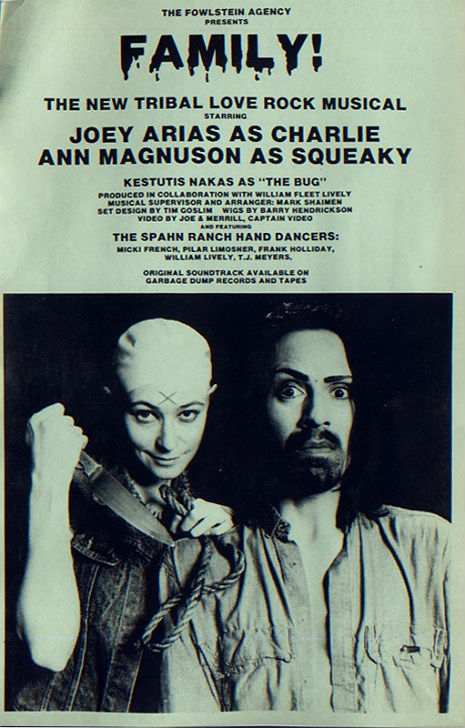
“Family! The New Tribal Love Rock Musical” with Joey Arias and Ann Magnuson at Danceteria, 30 West 21st Street, New York
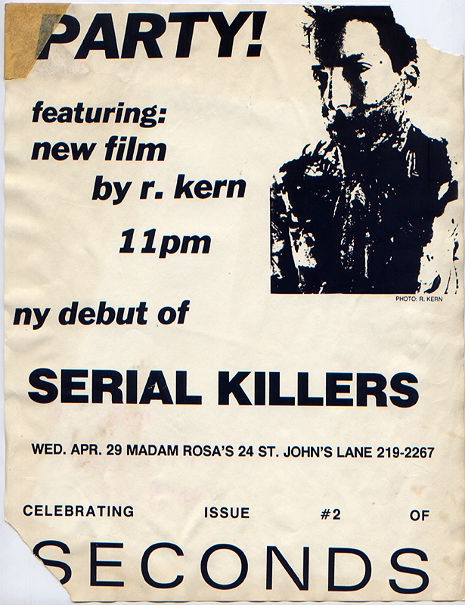
A Seconds magazine party for the NY Debut of “Serial Killers” by Richard Kern at Madam Rosa’s, 24 John’s Lane, New York, 1987
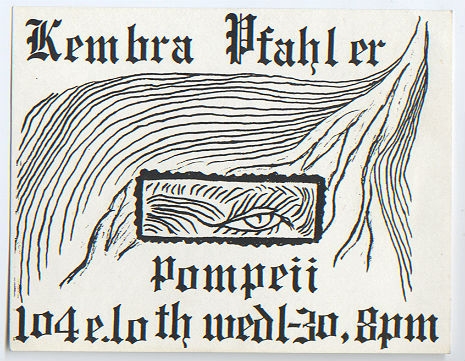
Kembra Pfahler at Pompeii, 104 East 10th St., NYC, 1985

Joey Arias and Ann Magnuson “Request the Pleasure of Your Company at a Mad Tea Party,” which they hosted in character as Dali and Gala, Danceteria, 1985
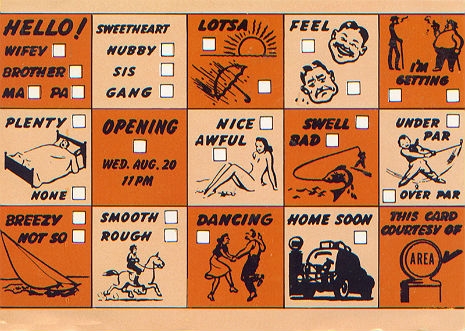
The opening night invite for AREA’s “American Highway” theme, 157 Hudson Street, New York, 1986. The club changed its highly elaborate decor every six weeks or so, so scoring these opening night invites was a matter of some importance. Plus, if you were on their mailing list, you tended to “mysteriously” get onto the mailing lists for other clubs.
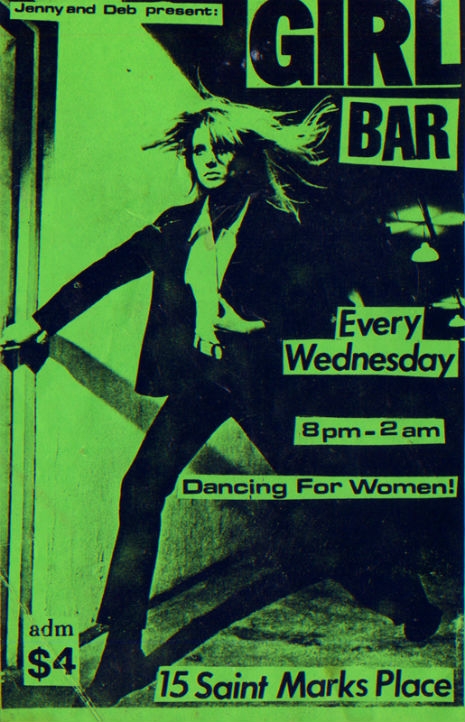
Girl Bar, a popular lesbian night out, one of very few at the time, happened at Boy Bar on St. Mark’s Place once a week.

There’s a picture of me, age 23 perhaps, with really long hair in one of the issues of Project X

James White’s Sardonic Sincopators, at Save the Robots, 1986. Save the Robots was a super sleazy afterhours club. If you were there, chances are you were fucked up, not likely to be sleeping anytime soon and probably up to no damned good.
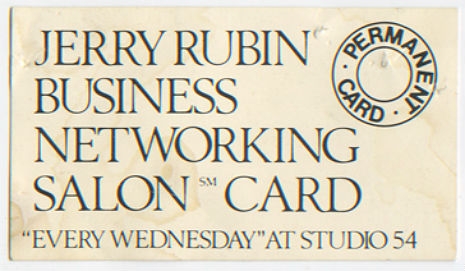
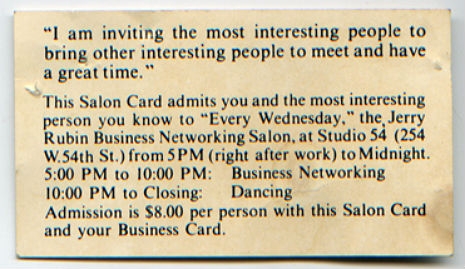
Finally, both sides of a business card for former Yippie leader Jerry Rubin’s afterwork networking parties. He threw these parties at different clubs, including the Limelight, where I was working in 1985, and they were the fucking worst parties ever, with the worst crowd and the worst tippers and these parties simply sucked. Rubin’s networking parties, I do have vivid memories of, none of them good.
Via Stupefaction
Posted by Richard Metzger
|
08.04.2014
06:06 pm
|







